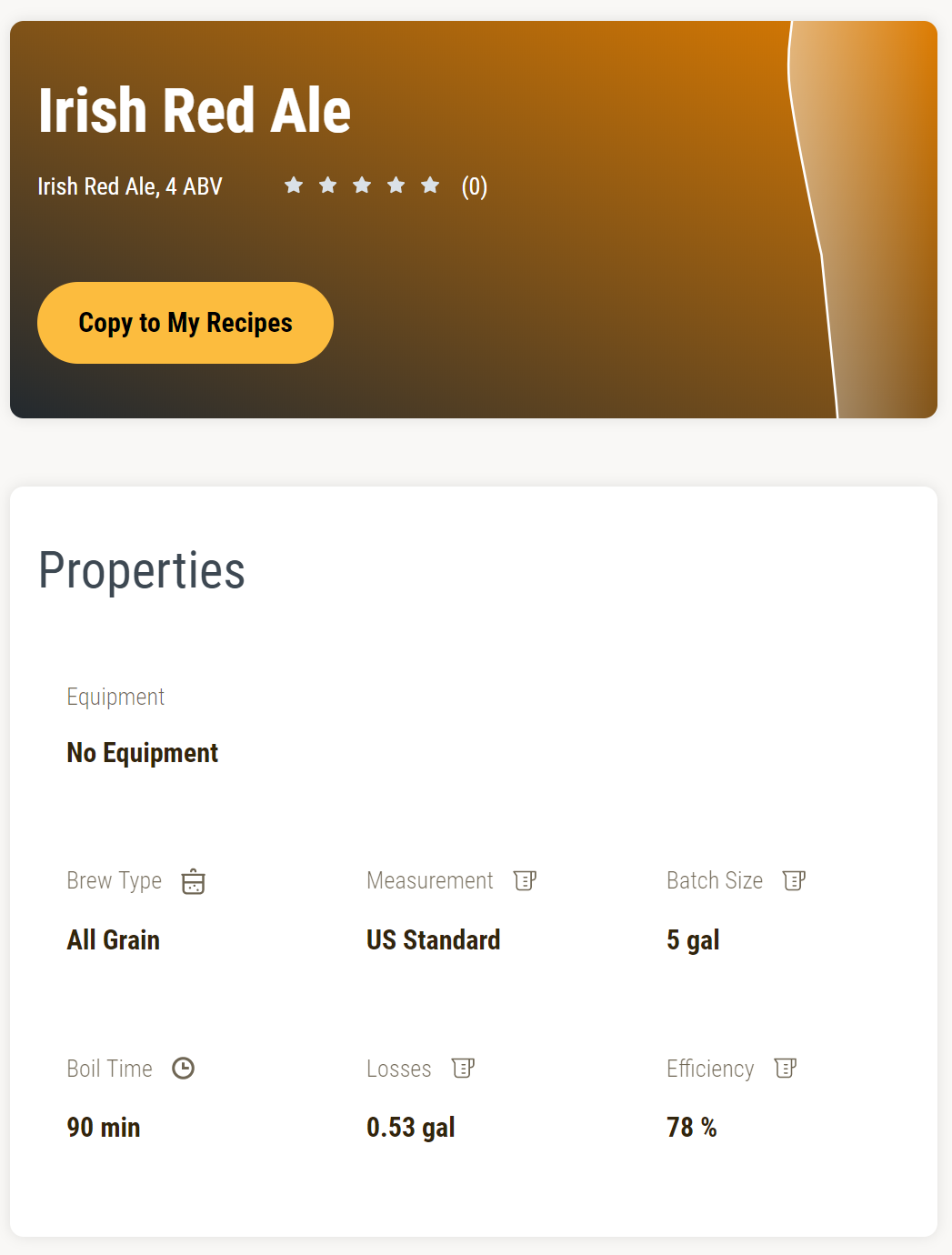

The counterflow chiller that comes with the Grainfather worked well. Not rolling as much as my keggle, but ok. I bought a Graincoat to go with it, and I got a pretty good boil. You do need to stir when the wort reaches boiling, but after that you can walk away and let it boil. Since I was brewing a hefe, I only had one hop charge at the beginning of the boil. I have a hop filter I used with my keggle and I used it here too. The app will notify when its time to put your hop additions in. My pre-boil gravity was actually a little on the high side, so I guess the sparge worked ok.Īs you sparge, Grainfather will start heating to boil. I just put the hose from my hot liquor tank straight onto a perforated "cover" that goes on the top of the grain bed, and let it rip. The bucket will drain because the bottom is perforated, and you can't control how fast or slow that happens. You lift the inner bucket out and the bottom rests on some bars near the top of the rim of the Grainfather. Sparging is a kind of weird hybrid of fly and batch sparging. Since my coolers are fitted with ball valves, I could control the flow into and out of my mash tun, so I could do a nice slow sparge. For most of my brewing "career", I fly sparged, with my sparge water coming out of my Coleman cooler and sprinkling it into my Igloo mash tun via an aerator. Sparging is the one part you do have to tend to, and it is kind of weird. I suspect that this is because the Grainfather is designed to use Celsius and Celsius degrees aren't as fine as Fahrenheit. I put in 168 for the mash out, but it used 167 anyway.

Then it notifies you when the mash is done. With 20 minutes to go in the mash, it notifies you to start heating your sparge water. It does take a little bit of time, because it can take a while for the electric heater to step up the temperature, but its ok because you don't have to dote over it. You can walk away and do whatever else you want to do. Once you add the grain, the Grainfather does all the work with the step mashing. I never had the capability to step mash before so this was great. I brewed a hefeweizen with 3 mash steps: a ferulic rest at 110 for 10 minutes, regular mash at 151 for 60 minutes, mash out at 167 for 10 minutes. I just stuck to the Grainfather website for this first batch. Supposedly there is a way to import BeerSmith recipes to it via XML files, but I haven't tried it yet.
#Grainfather beersmith mash profile Bluetooth#
If you want to use the Bluetooth enabled Grainfather Connect feature, you need to put your mash and boil schedule in their website, and then, using an app on your phone, you send the mash and boil schedule to the Grainfather. On the Grainfather website, there is a calculator which will tell you how much water to add for your mash, and how much water to sparge with. I downloaded an adjusted BeerSmith Grainfather profile from Reddit, but I didn't really use it. The inner bucket that holds the grain doesn't go all the way down to the bottom of the Grainfather, so you have some extra volume of liquid that's sitting under the grain. BeerSmith comes with an equipment add-on for the Grainfather (supplied by the Grainfather folks themselves), but discussions on HomeBrewTalk and Reddit indicated that the equipment profile wasn't really correct. For my traditional setup, I used BeerSmith to design my recipes.
#Grainfather beersmith mash profile how to#
I'm still working on how to design recipes for this. I usually hit my mash temperature with my traditional setup, but not always, and this takes that concern away. No more worries about getting your strike water right. The recirculation gets the temperature back up to where it needs to be fast. Since its a RIMS, you don't heat up to a higher temperature to account for temperature loss when you add the grain. My federal tax refund came in, and I decided to go Grainfather.įor mashing, you heat up your strike water to the desired mash-in temperature, put in a basket with a perforated bottom and add your grain. Also, with just a 5-gallon mash tun, I couldn't brew any big beers without involving malt extract, nor could I do temperature stepping. I wanted something that was closer to "set and forget" which could allow me to do other things while I brewed. My kegerator became empty because my enthusiasm to brew had waned. It was getting to the point where I didn't want to brew because I didn't to burn an entire weekend day. But still, a brew day was a big time-suck for me.

My setup before my Grainfather was an Igloo 5-gal cooler mash tun, a Coleman beverage cooler for sparge water, a keggle and an immersion chiller. I have a little more time now than I did when I made my first response, so I'll expand on my (limited) Grainfather experience.


 0 kommentar(er)
0 kommentar(er)
